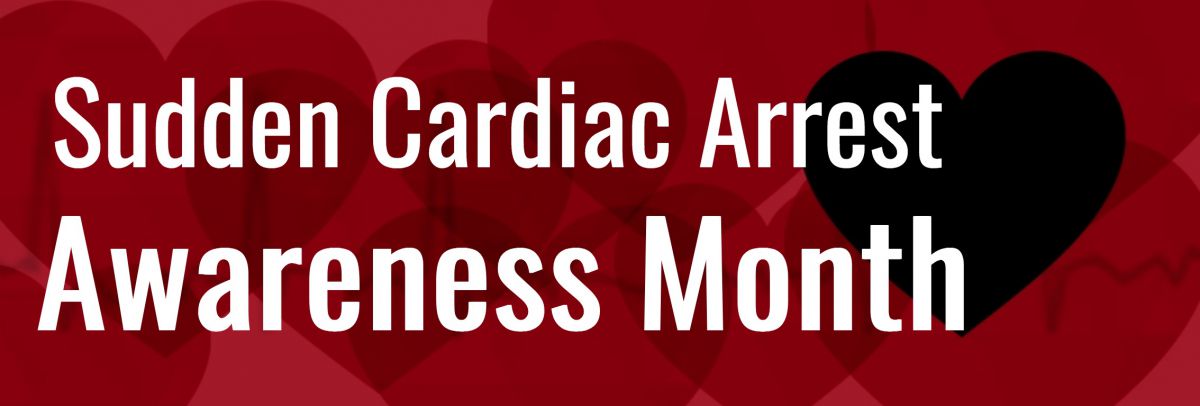The federal government has just named October “Sudden Cardiac Arrest Awareness Month,” an official national observance. A coalition of nonprofit organizations working to prevent and treat sudden cardiac arrest urges the public to prepare for this life-threatening condition by exploring heart-screening options, learning CPR and how to use automated external defibrillators, and encouraging more widespread deployment of AEDs.
.jpg) In September 2008, the 110th Congress passed a concurrent resolution supporting the goals and ideals of “National Sudden Cardiac Arrest Awareness Month,” and declaring October as the observance month. Since then, many health organizations, including the Centers for Disease Control and Prevention, have referred to October as National Sudden Cardiac Arrest Awareness Month. However, the date was not officially added to the National Health Observance Calendar until this month. Now, thanks to collaboration among several nonprofits including the Sudden Cardiac Arrest Foundation, it’s official: The federal government has declared October “Sudden Cardiac Arrest Awareness Month,” an official national observance.
In September 2008, the 110th Congress passed a concurrent resolution supporting the goals and ideals of “National Sudden Cardiac Arrest Awareness Month,” and declaring October as the observance month. Since then, many health organizations, including the Centers for Disease Control and Prevention, have referred to October as National Sudden Cardiac Arrest Awareness Month. However, the date was not officially added to the National Health Observance Calendar until this month. Now, thanks to collaboration among several nonprofits including the Sudden Cardiac Arrest Foundation, it’s official: The federal government has declared October “Sudden Cardiac Arrest Awareness Month,” an official national observance.
An ad hoc coalition of national nonprofit organizations worked together to achieve this goal. They include:
- American College of Cardiology
- American Heart Association
- Children’s Cardiomyopathy Foundation
- Heart Rhythm Society
- Hypertrophic Cardiomyopathy Association
- Mended Hearts
- Parent Heart Watch
- Sudden Arrhythmia Death Syndromes Foundation
- Sudden Cardiac Arrest Association
- Sudden Cardiac Arrest Foundation
- Women Heart.
According to the coalition, “Sudden Cardiac Arrest is the leading cause of death in the United States, taking the lives of more than 350,000 people each year. Anyone can experience Sudden Cardiac Arrest (SCA), including infants, children, teens, young adults and people in their 30s and 40s who have no sign of heart disease, as well as more mature adults.
“To survive SCA, the victim must receive life-saving defibrillation from an automated external defibrillator (AED) within the first four to six minutes. Every minute that passes without a shock from an AED decreases the chance of survival by 10%. Administering hands-only cardiopulmonary resuscitation (CPR) can be a bridge to life until an AED arrives.
“There is a critical need to raise awareness of sudden cardiac arrest and educate people about prevention strategies and how to take immediate action in the case of a cardiac emergency.”

